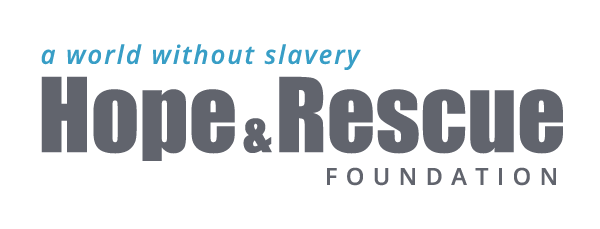

HOPE+RESQ
Hope & Rescue inspires people to stand up against human trafficking and the systemic issues driving this insidious industry via media production and targeted programs.
SCROLL DOWN
HOPE+RESQ
Hope & Rescue inspires people to stand up against human trafficking and the systemic issues driving this insidious industry via media production and targeted programs.
We are currently seeking donations to produce a documentary called Embraced, Truth about Fetal Alcohol Spectrum Disorders
FASD is the world’s number one birth defect (more prevalent than Autism) and is a major factor contributing to human trafficking on a global scale. Alcohol consumed during pregnancy (any amount, at any time has the potential to cause a brain/body injury—compromising executive functions, including social vulnerability to be preyed upon.

